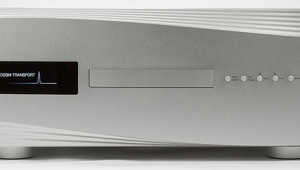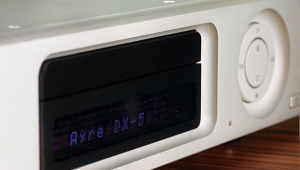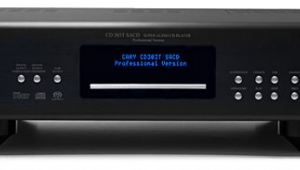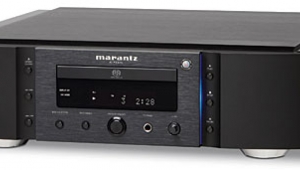| Columns Retired Columns & Blogs |
This story might simply be a one-off incident, but I thought I would mention it anyway:
I cannnot say anything about how great this player sounds compared to any other players, as I have only listened to it during a speaker auditon.
Anyway, this player had a very heavy hiss during playback. I've since read that the MPD-3 had a problem with light hiss, which was an inherent part of its design. I'm almost certain that what I listened to was the MPS-5 for two reasons: One was that I remember the black part at the bottom of the player, and second was that the first thing we played was a SACD. I looked at the CD cover, and it had the SACD logo, and the display on the player said "SACD 2 CH". As far as I understand, the MPD-3 is not an SACD player, so it couldn't have been that one.
Moreoever, what I read about the MPD-3, the hiss is very low-level. The hiss I heard that day was HEAVY. I first listened to "The sounds of silence" by Simon & Garfunkel, and the hiss was audible throughout the entire song. During the mellow parts, the hiss was like a very heavy tape hiss. When not playing, the player also had this hiss.
As I said, I can't say if this is a one-off incident, but in no way was this hiss low-level, and my estimate is that it was 10-20 dB below full scale. The seller was utterly surprised when I mentioned the hiss, which struck me as very odd, but that's a different discussion. He changed the cables, which didn't help. The other channels of the amp didn't have this hiss, and we also tried plugging the player into a different input, but that didn't change anything, and when we plugged in a turntable there was no hiss either. So it could only be the Playback Design player, but it is possible that it was only this one copy that was broken - unless it was designed to sound this way, but this should have shown up in the measurements published here.






































